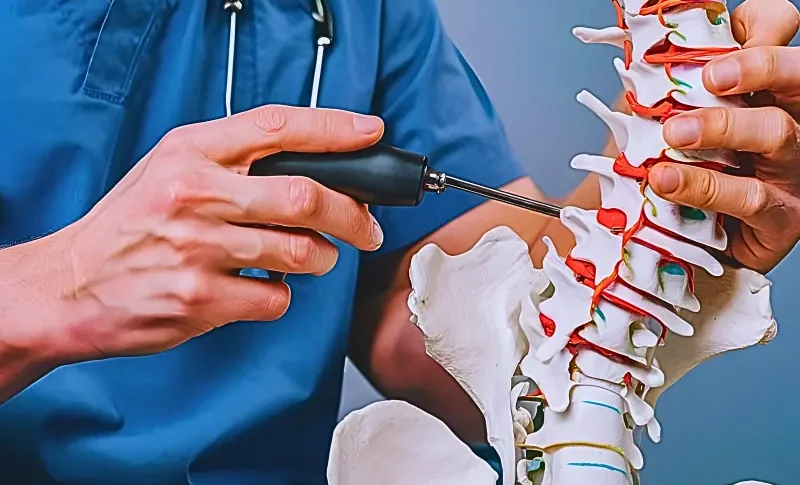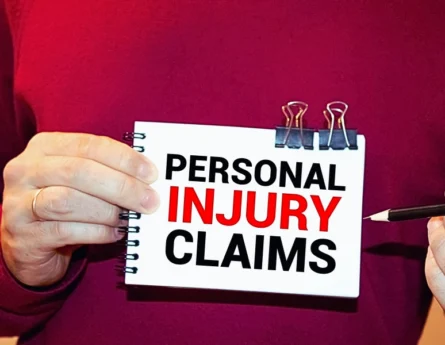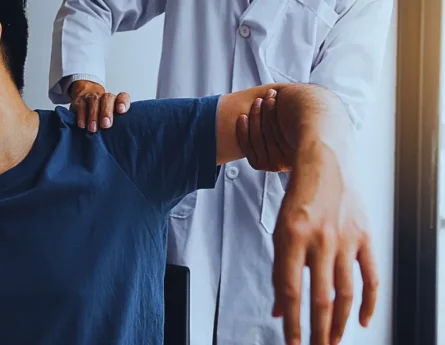Slip and fall accidents may sound minor, but healthcare workers who treat these patients know the reality: the injuries can be serious, painful, and life-changing. Chiropractors are often on the front lines of helping patients recover from these accidents, especially when the back and spine are affected. In this article, we’ll walk through some of the most common back injuries resulting from slip and fall accidents, and highlight why your care and documentation matter so much in these cases.

Herniated Discs
One of the most frequent back injuries in slip and fall cases is a herniated disc. The sudden jolt of a fall can cause the discs between vertebrae to rupture or slip out of place, compressing nearby nerves. Patients often report sharp pain, numbness, tingling, or weakness radiating into the arms or legs.
For chiropractors, accurate diagnosis and clear documentation of disc involvement is critical. MRI findings are often used in conjunction with your records to confirm the injury’s severity. From a legal standpoint, your notes help establish that the disc injury was caused by the fall rather than a pre-existing condition.
Spinal Fractures
Though less common, spinal fractures are a serious consequence of slip and fall accidents, especially among older adults with osteoporosis. Even small fractures can cause chronic pain, spinal instability, and mobility limitations.
When treating patients with suspected fractures, chiropractors play a vital role in early recognition and appropriate referral for imaging or orthopedic consultation. In the personal injury claim, your observations provide valuable evidence of the initial trauma and the patient’s functional limitations during recovery.
Sprains and Strains
Not every back injury involves bones or discs. Soft tissue injuries like sprains and strains are common after slip and fall accidents. The sudden twisting or impact can overstretch ligaments, tendons, and muscles in the back.
While these injuries may sound “minor” to insurance adjusters, chiropractors know they can lead to weeks or months of pain, reduced range of motion, and functional impairment. Consistent documentation of objective findings helps validate the patient’s pain and recovery process in a claim.
Sciatica
Slip and fall accidents can also trigger sciatica, either through a herniated disc or by irritating the sciatic nerve directly. Patients typically describe radiating pain down the leg, sometimes accompanied by numbness or weakness.
Chiropractic care can play a major role in relieving nerve pressure and restoring function. From a legal perspective, detailed notes showing the onset of symptoms immediately after the accident, along with the progression of treatment, can be key evidence in connecting the dots between the fall and the injury.
Your documentation of functional limitations—whether it’s difficulty sitting for long periods, lifting objects, or performing routine tasks—provides crucial evidence of damages in a personal injury claim. Attorneys rely on this information to demonstrate the real-world impact of what might otherwise be dismissed as “subjective” pain.
Slip and fall cases are rarely straightforward. Insurance companies may argue that injuries are exaggerated, pre-existing, or unrelated to the accident. That’s why chiropractors’ observations and records carry so much weight. By providing thorough, consistent documentation and communicating clearly with attorneys, you help ensure your patients receive fair compensation for their injuries.




